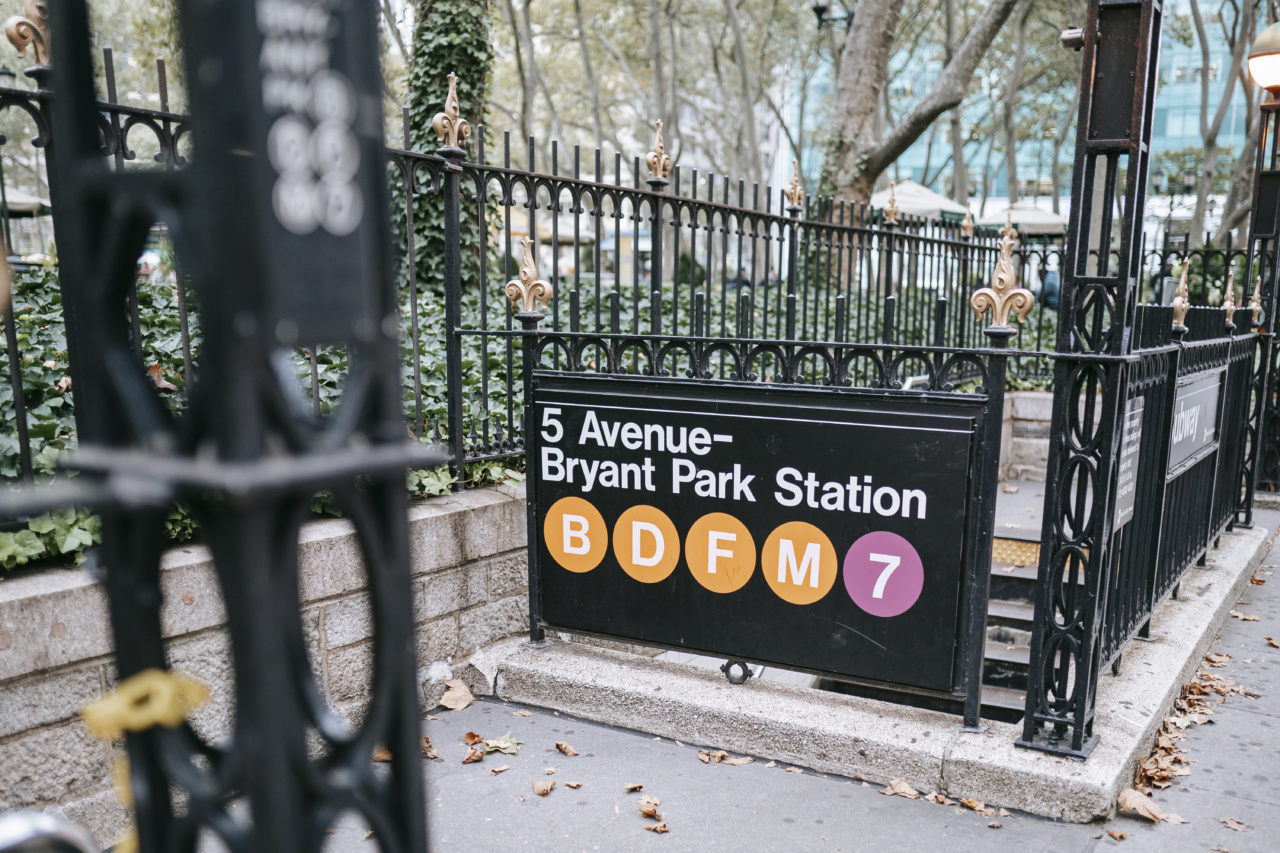Hypertension, commonly known as high blood pressure, is a prevalent medical condition that affects millions of people worldwide. According to research, this condition is a leading cause of heart attacks, strokes, and other life-threatening diseases.
Therefore, it is crucial to manage hypertension to prevent further complications.
While there are various treatment options available, combining different therapies can be more effective at controlling hypertension, especially for those with severe cases.
In this article, we will explore the different therapeutic combinations used to regulate hypertension.
What is Hypertension?
Hypertension is a condition whereby the force of blood against the walls of the arteries is too high. This results in the heart straining to pump blood through the body.
Blood pressure is measured in two readings: systolic pressure (the pressure exerted when the heart beats) and diastolic pressure (the pressure exerted when the heart is resting).
The following factors can increase your risk of developing hypertension:.
- Family history of hypertension
- Age (Blood pressure generally increases with age)
- Obesity
- High salt intake
- Stress
- Smoking
- Excessive alcohol consumption
- Physical inactivity
Treatment Options
The treatment option for hypertension may vary depending on the severity of the condition.
For people with mild hypertension, lifestyle changes such as weight loss, regular exercise, reducing salt intake, cutting back on alcohol and quitting smoking may be sufficient to reduce blood pressure. However, for people with severe hypertension, additional treatment may be necessary.
The following are different treatment options for hypertension:.
Diuretics (Water Pills)
These medications help your body remove excess salt and water, reducing your blood pressure. Some diuretics can also reduce the amount of potassium in your body, so you may need to take potassium supplements along with them.
Beta-Blockers
Beta-blockers reduce the workload on the heart and open up blood vessels, which helps to regulate blood pressure. They work by reducing the frequency of your heartbeats, thereby reducing the amount of oxygen needed by your heart muscles.
Calcium-channel blockers
Calcium-channel blockers reduce the amount of calcium that goes into your heart and blood vessels, which helps to regulate your blood pressure. They also help to relax blood vessels and increase blood flow.
ACE Inhibitors
ACE (Angiotensin-converting enzyme) inhibitors help the blood vessels relax by stopping the production of angiotensin, a hormone that narrows blood vessels. This reduces the workload on the heart and lowers blood pressure.
Angiotensin II Receptor Blockers (ARBs)
ARBs block the effect of angiotensin II (a hormone that causes blood vessels to constrict) by attaching themselves to receptor sites in the blood vessels.
Combination Therapy
Combination therapy is a treatment option that combines two or more medications to manage hypertension more effectively.
This method is usually recommended for people with severe hypertension or those who are at high risk of developing complications such as heart disease or stroke.
The following are different therapeutic combinations that can be used to regulate hypertension:.
Diuretics + Calcium-channel blockers
This combination is effective in reducing both systolic and diastolic blood pressure. Diuretics help to rid the body of excess fluid and lower blood volume, while calcium-channel blockers help to relax blood vessels and improve blood flow.
This combination can be useful for people with moderate to severe hypertension.
Beta-Blockers + ACE Inhibitors
This combination works by reducing blood pressure and slowing down the heart rate. Beta-blockers reduce the workload on the heart, while ACE inhibitors help to relax blood vessels and open up blood flow.
This combination is useful for people with systolic hypertension (where the systolic pressure is over 140mmHg).
ARBs + Calcium-channel blockers
This combination helps to reduce both systolic and diastolic blood pressure by blocking the effects of angiotensin II and relaxing the blood vessels.
This combination is useful for people with high blood pressure who may have other medical conditions such as diabetes, heart failure, or history of stroke.
Diuretics + ARBs
This combination is useful for people with kidney disease or those who have high levels of protein in their urine. Diuretics help to regulate fluid volume, while ARBs help to lower blood pressure, leading to improved kidney function.
Conclusion
Hypertension is a severe medical condition that can lead to life-threatening complications if not managed properly.
While there are various treatment options available, combination therapy can be more effective in regulating blood pressure, especially for people with severe hypertension or those at high risk of developing complications such as heart disease or stroke.
Your doctor can determine the best therapeutic combinations suitable for you based on your blood pressure readings, medical history, and other underlying medical conditions.





























